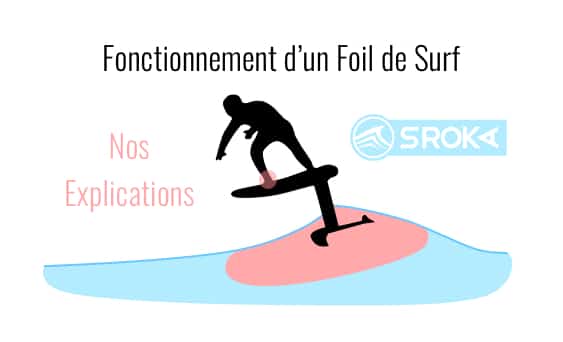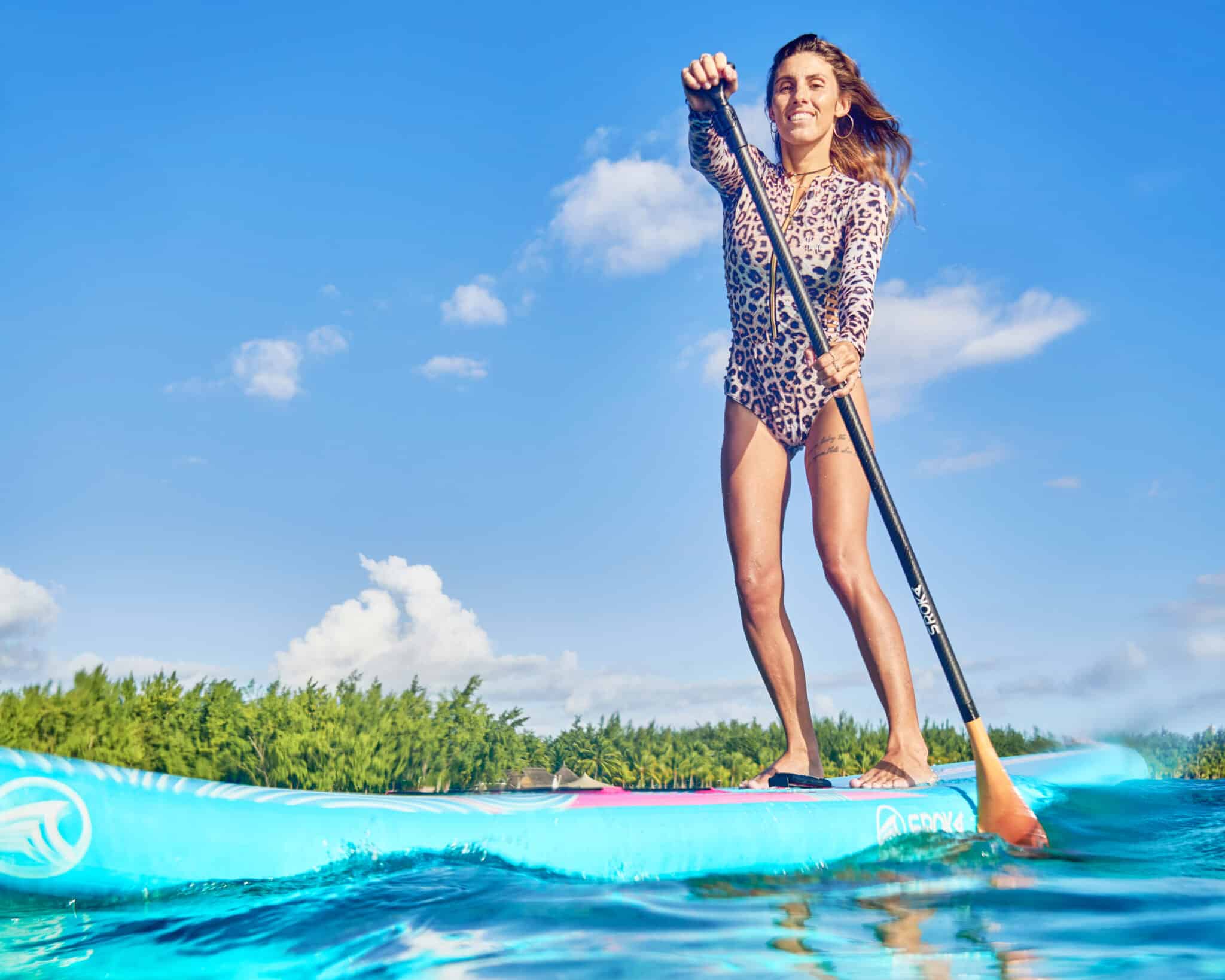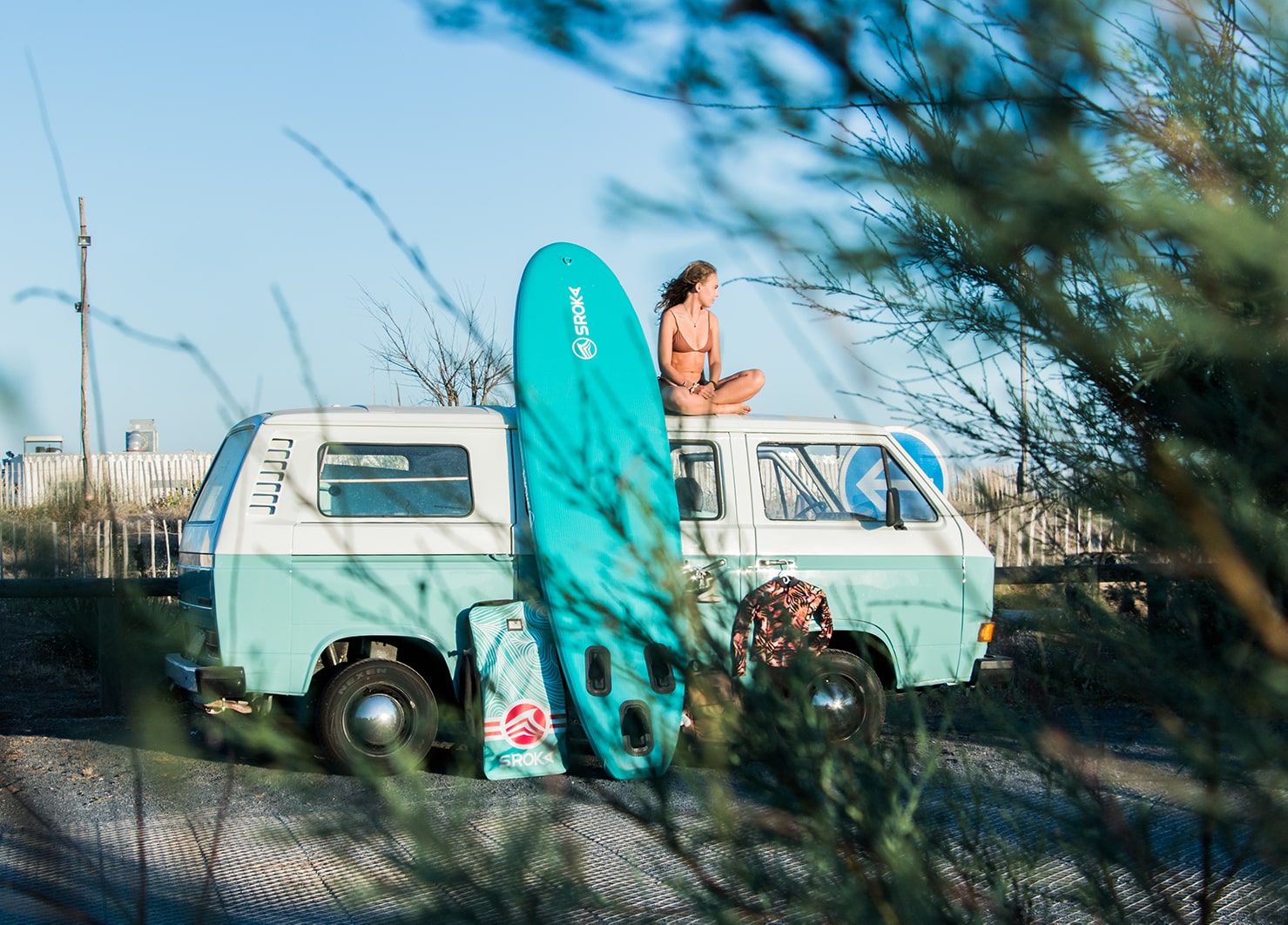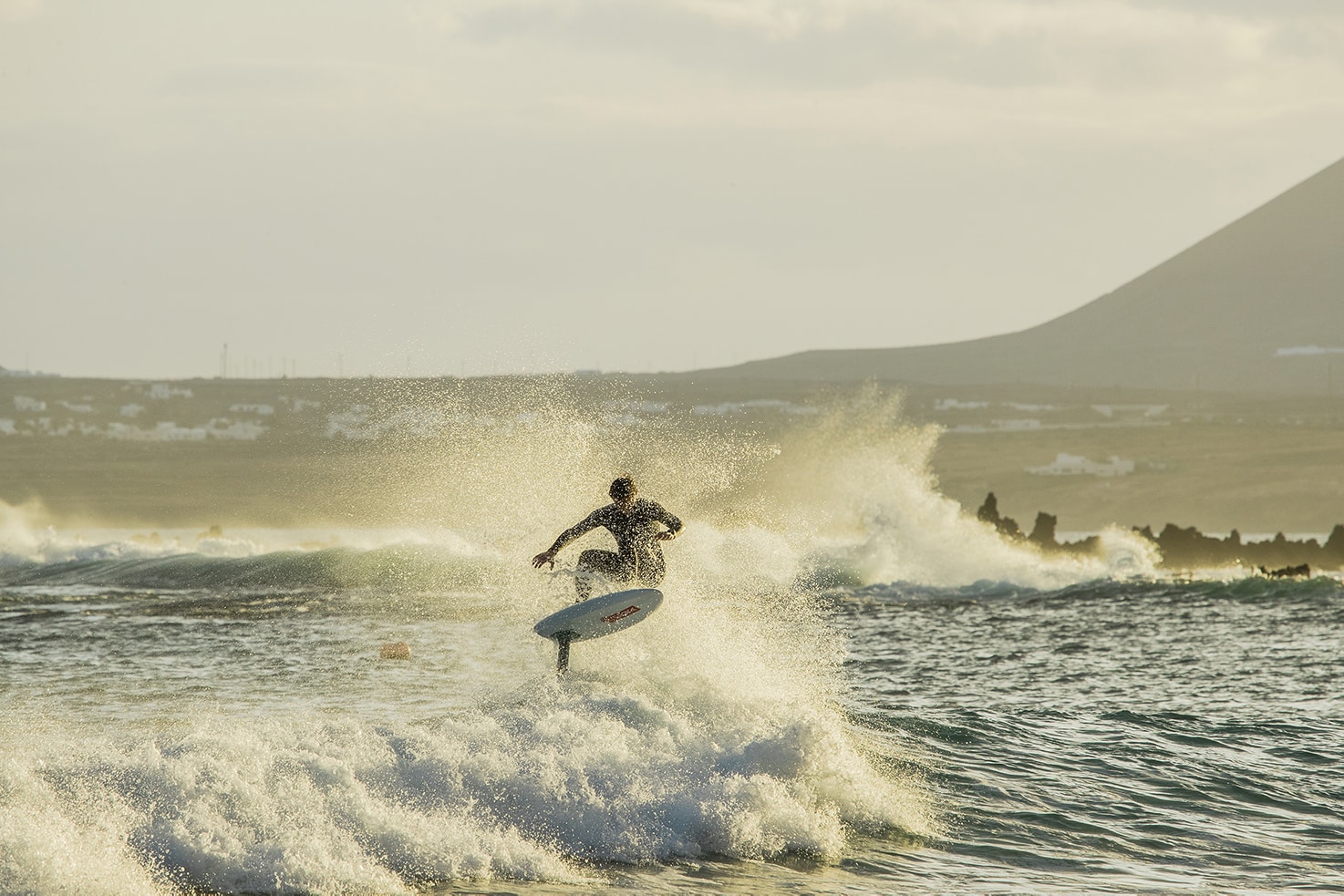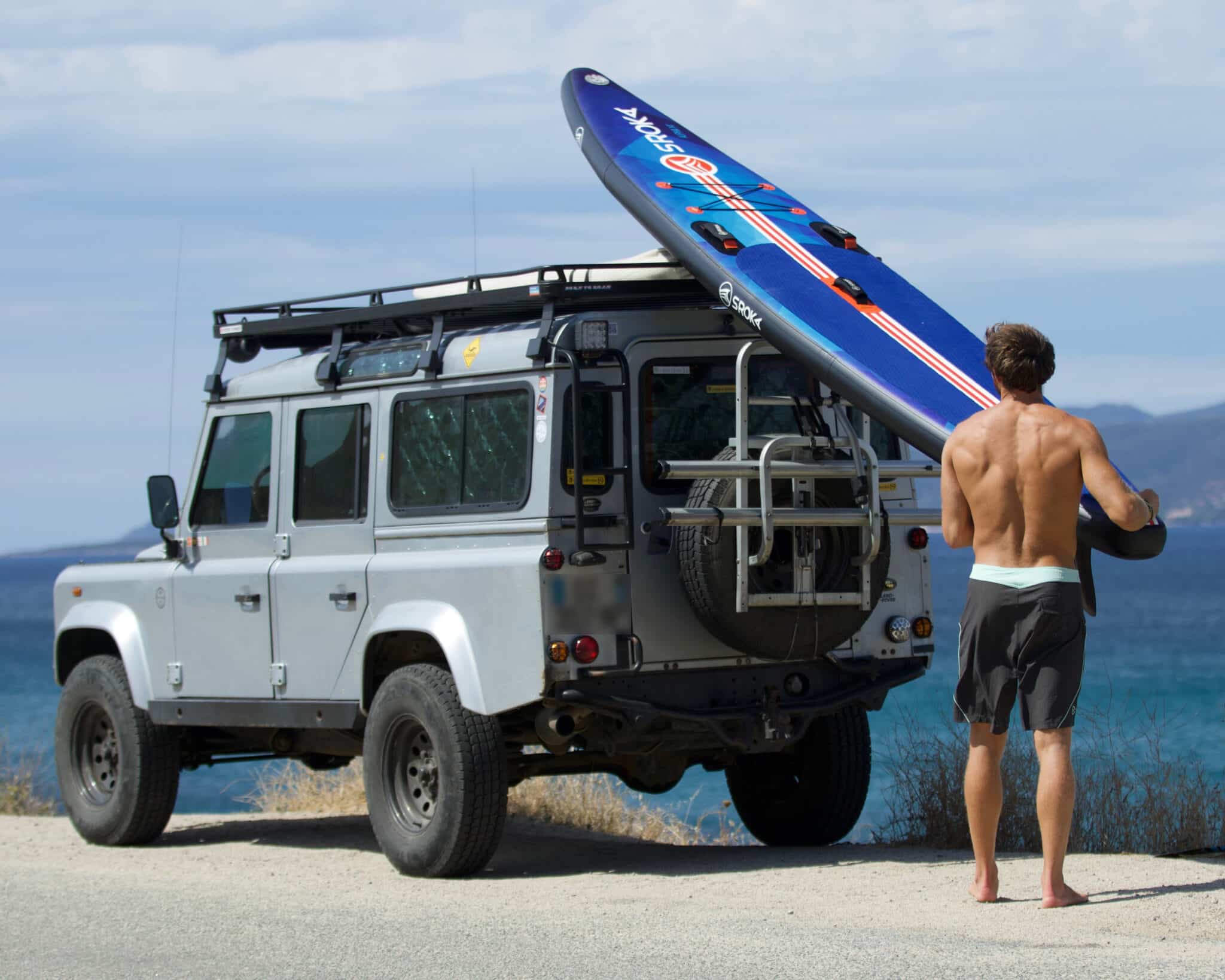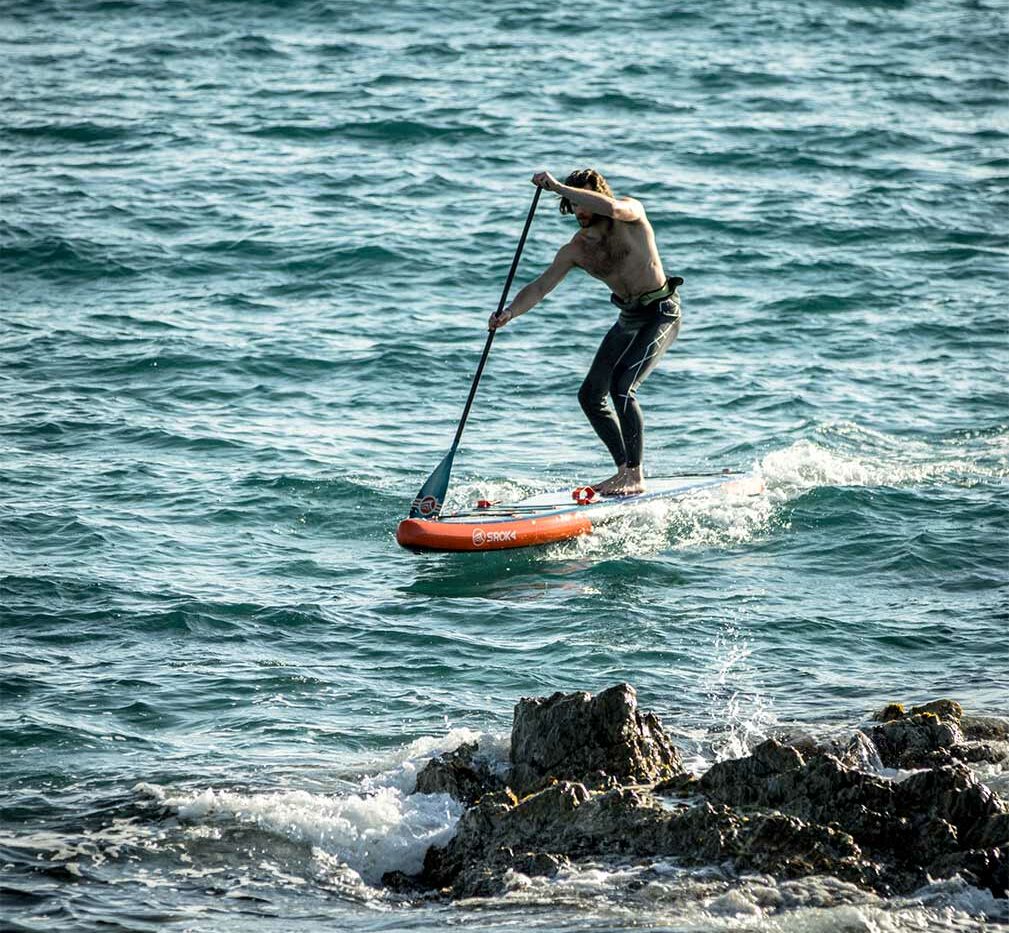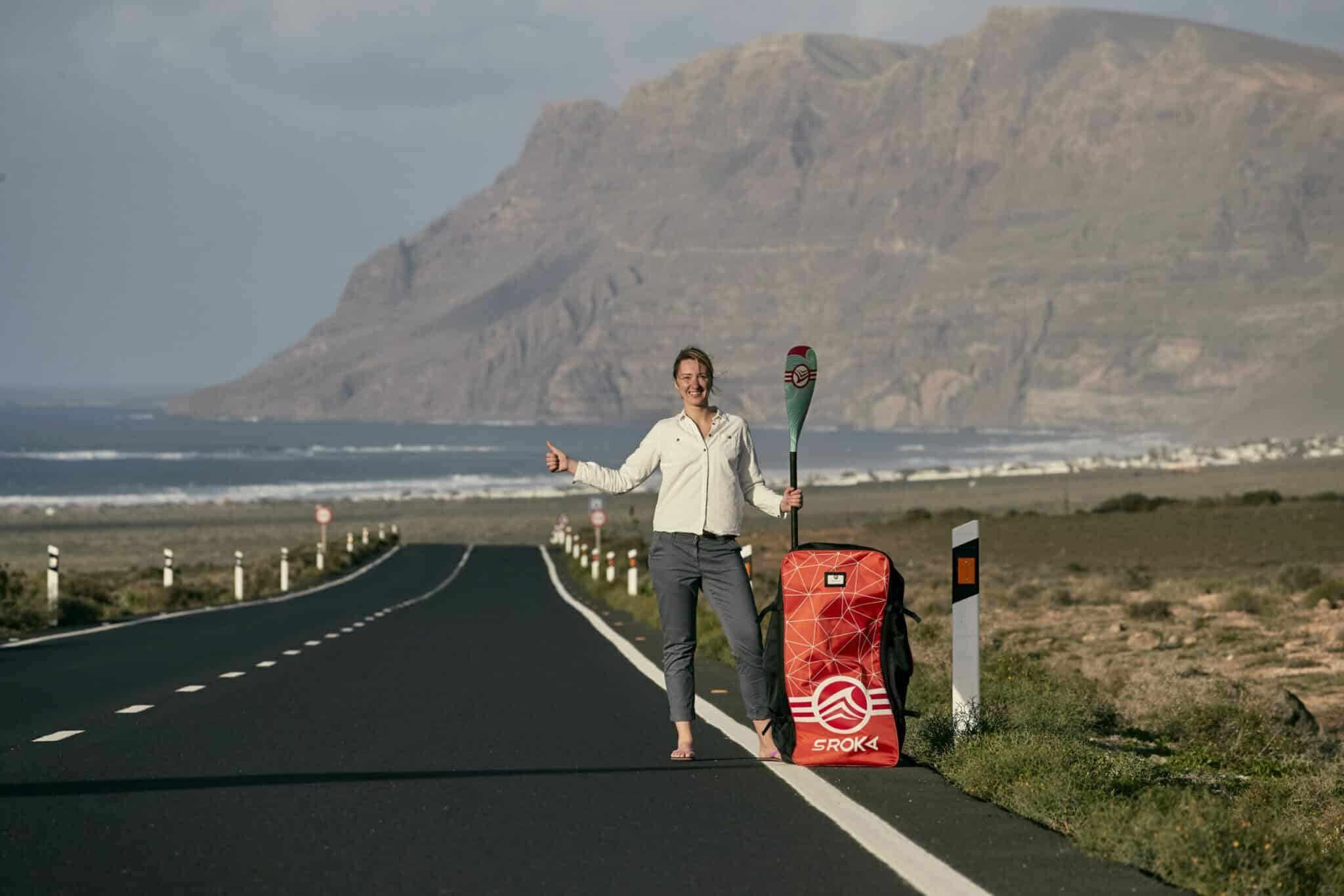 LE MAGAZINE
LE MAGAZINEHow do you go about foil?

How do you go about foil?
The practice of foil is expanding to new horizons. Today, it’s possible to get out on the water whatever the wind or sea conditions. The foil towed boat is totally in line with this dynamic, as it’s a way of enjoying our passion in less windy conditions.
The foil towed can also, in a performance dynamic, provide access to tow-in, giving you access to surfing waves that would be impossible to catch with a paddle. So learning to foil tow is a gateway to a whole host of new activities. Finally, when we talk about foil towed, we need to talk about Wake foil. It’s a fast-growing discipline, and you don’t need a big boat. A simple 25-hp semi-rigid will suffice.
To give an idea of the level of accessibility to the practice, remember that the towed foil is used by most wingfoil schools to learn wing foil.
Together, we’re going to look at all the tips and tricks you need to get started and progress with foil .
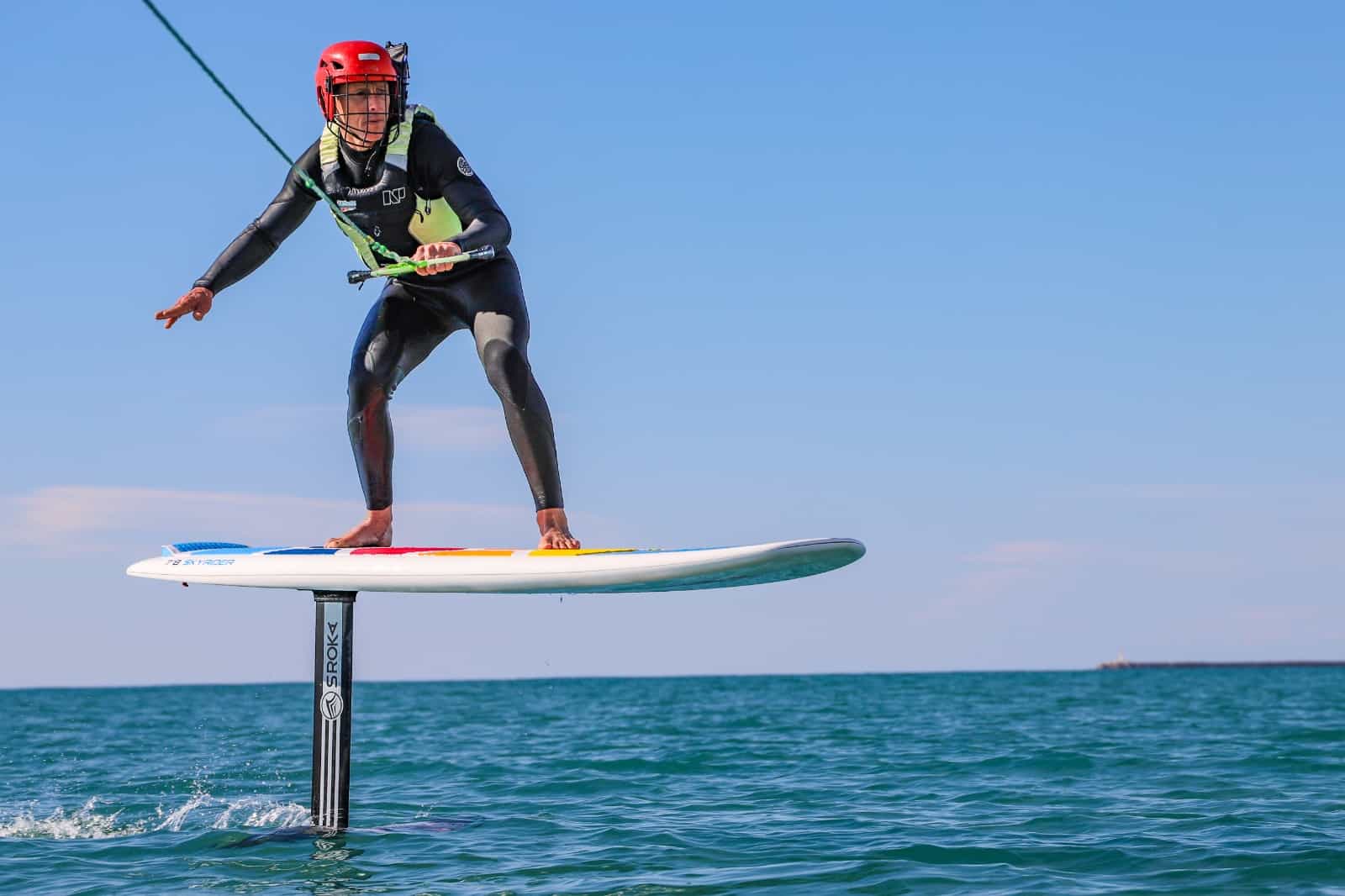
What is foil?
1. The equipment
The foil towed activity is towed by a motorized boat. It is therefore necessary to have a boat equipped with a spreader bar.
For your personal equipment, it’s important to protect yourself, as foil remains a high-risk activity. We recommend that you wear a vest or impact vest, a helmet and neoprene booties. Don’t overestimate yourself, and be careful.
As for the board, equip yourself with a set and foil following these recommendations:
- Don’t take a foil that’s too small to start with, as the main idea is to learn to foil tow and fly.
- If you already know how to fly a wingfoil or kitefoil, take a foil you’re used to.
- As far as the board is concerned, use one with more volume than your body weight to start with, as this will make the learning and preparation phases of getting on the board much easier.
- Once you have progressed, you will be able to reduce the size of the board to unleash the manoeuvrability of the foil.
2. Safety first!
As mentioned above, safety is paramount. It’s important not to overestimate yourself, and to wear as much safety equipment as possible to avoid injury during your tests.
The pilot of the boat must be aware of the dangers and attentive to what’s happening ahead and behind him. From a regulatory point of view, there must always be a minimum of two of you in a boat towing a rider, a pilot and a person keeping an eye on the rider behind! Don’t forget your orange torch to signal that you’re towing a rider!
When choosing a spot and conditions, choose a calm stretch of water free of obstacles (other users, rocks, mooring buoys, etc.). The flatter the water, the easier it will be to fly. As far as conditions are concerned, find a calm spot with no wind and little traffic.
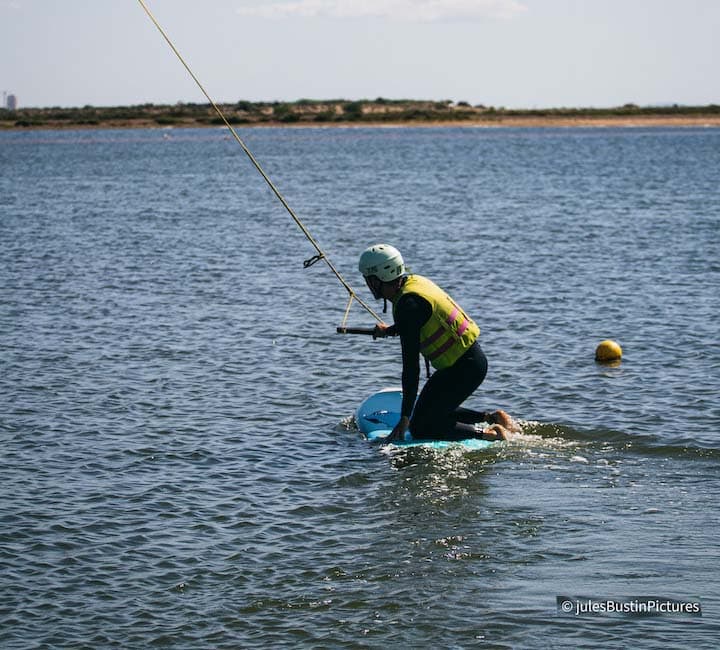
First steps on the water: how to balance and hold the board.
In the case of a floating board:
- During the learning phase of foil, we recommend keeping the feet in line with the board or off-center, with the front foot closer to the rail on the heel side and the rear foot closer to the rail. Where the toes are. Balance is fundamental to rapid learning. To maintain good posture, it’s advisable to look far ahead, about 5 to 10 meters. Don’t look at your feet. Finally, a magic trick to lock the pelvis and stand up above your center of gravity: squeeze your buttocks to sheath your abdominals.
- If you don’t feel comfortable standing, we recommend starting on your knees. Build up a little speed, then stand up on the board.
- To control your foil, it’s important to shift your weight between your front and rear legs, rather than leaning on either one. To do this, hold your rudder and look ahead. When you’re standing on the board, stand up straight on your board, with your chest above the supports.
In the case of a sinking board:
- Sink your board and position it under your feet. With the front hand, hold the rudder and the front of the board, and with the other hand, hold the back of the board. Bend your legs well and keep a grouped position. This position resembles that of a person crouching underwater during a wake waterstart. Keep your balance until the boat is moving forward. Once the boat starts, the pressure of foil and the board will press the latter against your feet. Point the nose of the board towards the surface of the water and gradually work your way up. As you rise to the surface, bring your second hand to the rudder and push down on your legs.
- When you’re on the surface of the water, the procedure is the same as with a bigger board. All you need is more speed.
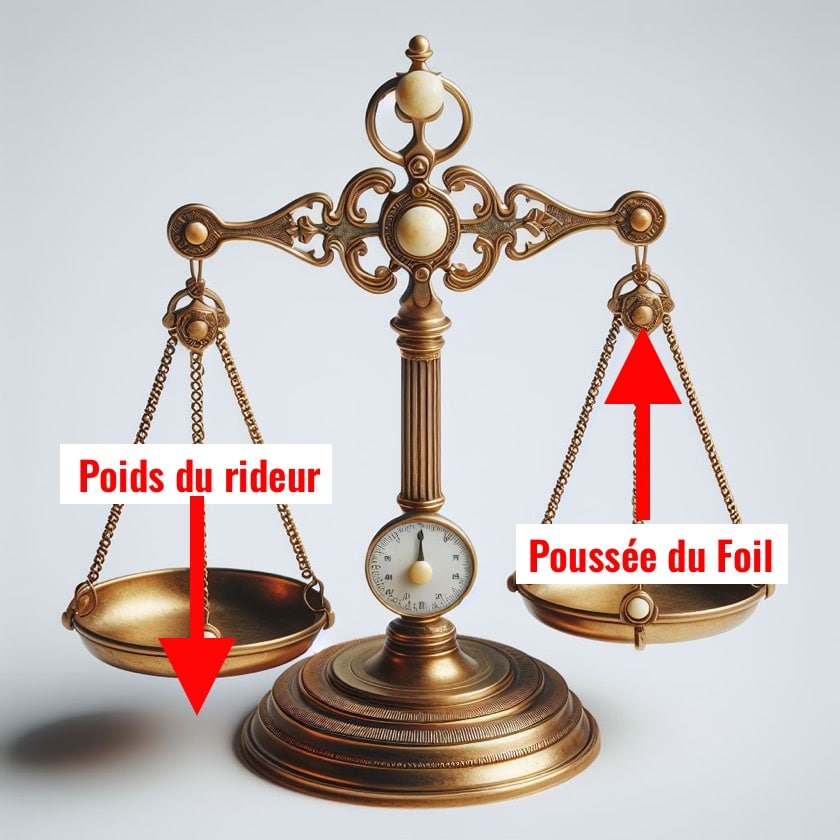
Managing fin power: how to control traction to maintain balance.
Once you leave the water, your foil will carry you with increasing strength as boat speed increases. This force will be even greater with larger foils (front fin). To compensate for this increasing pressure, you need to put a little more pressure on your front leg. To fly horizontally, it’s important that your weight equals the thrust of foil. To achieve this, three things are essential: Boat speed. It must not be high. It must be proportional to the surface area of the foil and the weight of the rider, the placement of the feet and the placement of the foil.
The further forward your foil is in the housing, the greater the pressure under the front foot. This increases the probability of ejection. The further back it is, the more control you’ll be able to exert at higher speeds. However, comfort at low speeds will be reduced.
So, to begin with, we recommend that you place your box in the center of the US rails. Then refine according to your size, level and boat speed.
Foot placement is key to maintaining balance on the board. The foil pushes upwards, your weight resting on the board. The rider’s weight must be equal to the thrust of the foil. Otherwise, the foil will only go up, or vice versa. Consequently, the rider’s weight should be positioned approximately above the center of thrust of the front fin (1/3 of the leading edge of the front fin). To compensate for too much pressure under the front foot, move forward. To compensate for too much pressure on the rear foot, step back on the board.
Need more details? Here’s how to get on the board
Firstly, the aim is to understand how the foil
To do this, it’s essential to eliminate any balance problems that may hinder your progress. Putting on a short mast and kneeling on the board in a well-balanced position will make it easier for you to learn. The lower you are on the water, the easier it is to control the foil.
Positioning on the board: Kneeling makes it easier to understand the balance of the board and foil. Position yourself in the center of the board, keeping your balance on the board, especially as soon as the boat starts to move forward. Check your lateral stability by trying to distribute the same pressure on both knees. If your board rears up too much, put a little more pressure on the front of your knees. If your board doesn’t lift at all, shift your weight a little more onto your heels while remaining on your knees. You’re well balanced when you fly horizontally on the water. Do a few kneeling flights to better master and control your foil.
Tips: Choose a longer length of rope for your spreader bar. This will eliminate any loss of tension or slack in the rope.
Go from kneeling to standing.
When you can fly on your knees without any problems. It’s time to stand up.
With the boat stopped, get down on your knees and balance on the plank.
Engage the motor and as soon as the board moves forward a little, start by putting your front foot on the board, then climb up and put your back foot on the board. You have two options.
1- place your feet on the longitudinal axis of the board.
2- Place your feet slightly off-axis with respect to the longitudinal axis of the board (the front foot off-axis towards the rail closest to the heels and the rear foot a little more off-axis from the board rail on the toe side).
Tips: this second solution provides a great deal of stability for beginners.
Flying balanced!
Once in flight, control your flight by transferring weight between the front and back legs (not by pressing on the front and back legs.) Straighten your torso, keep your arms straight. Control the board by transferring weight to the front or back leg.
Tips: If you’re having trouble getting the board to fly, first ask the boat to accelerate a little more, so that when you’re airborne, it can slow down again.
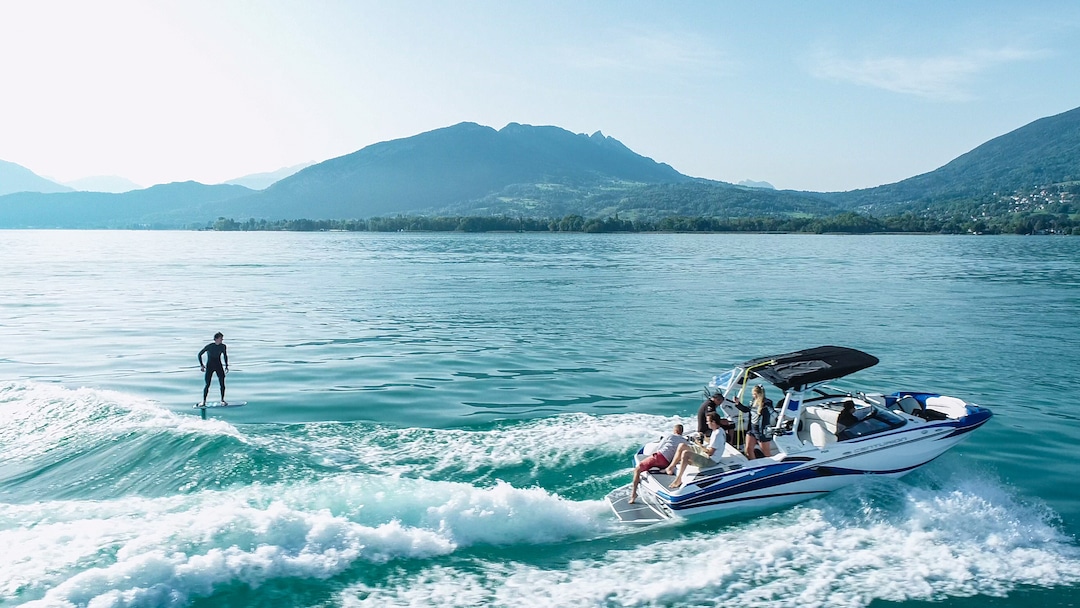
Going further in practice :
1. How to accelerate smoothly :
If you’re beginning to feel comfortable, start making curves and moving away from the boat’s centerline. Use your toes or heels to change direction. This will give you greater control over trajectories and greater acceleration.
2. Start wake foiling the boat wave
Let go of the rope and try to stay in the trough of the wave in the boat’s wake. Use the power of the wave (its trough) to generate lift and stay aloft.
3. Learn pumping
If you begin to master the foil last the boat. You can try slackening the rudder, then releasing it and pumping with the foil. This will be very useful for Wing.
4. Start jumping
The idea here is not to provide a complete tutorial on towed jumps and on foil, perhaps that will be the subject of a future article. The aim is simply to give a few examples of what you can do with just a few towing sessions under your belt.
The single jump is a good start. The rider pushes on the back foot to bring the foil out of the water, group in the air, and lands by bringing the front fin in first, pressing quickly on the back foot to encourage the foil to fly as fast as possible. It’s important to try and take advantage of the spring effect, by pushing the foil into the water before pressing down on the back foot to jump. The single jump is performed in line with the boat to avoid any lateral imbalance due to the pull.
Tips: Always maintain a setting that gives you pressure under the front foot. This allows you to maintain better control in all situations.
For beginners, we recommend the pocket 4’0, which is a good compromise for starting out in Wake foil with an S-Foil in 1750 for complete beginners. It’s easy and comfortable to get started.
For those with a bit of experience, we recommend the Wake pack foil with the pocket 4’0 and a Foil in 1190 L or 1350.
Conclusion
In conclusion, learning to foil tow is an activity to add to your list of skills. It gives you the chance to enjoy the sea even on windless or waveless days. But above all, it allows you to develop new skills that will be transferable to whatever activity you choose foil.
Generally speaking, every moment spent on a foil allows you to progress in different disciplines. So, what are you waiting for?
The foil tow is a nautical activity which consists in being towed by a boat while being equipped with a foil. The foil is a wing that lifts the board above the water and reduces drag. This activity is accessible to all water sports enthusiasts, including kitesurfers, surfers, wakeboarders, windsurfers and wingfoilers. Learn to tow at foil and discover the joys of gliding at foil without the need for a sail. It’s possible to start with sessions towed by a motorboat or a water ski lift to discover the first flights, trim and steering control, and is a great springboard for discovering different activities on foil.
 Le Magazine
Le Magazine



